This Place Is For The Birds - Kumai, Indonesia

Peregrina's Journey
Peter and Margie Benziger
Fri 21 Oct 2011 23:35
Position Report - 02:44.160S 111:43.500E
This Place Is For The Birds!
Kumai, a city of approximately
25,000, in the Kalimantan province of Borneo, is principally known as the
embarkation point for riverboat cruises up the Sungai Kumai heading to the
Tanjung Puting National Park to view endangered primates in the wild.
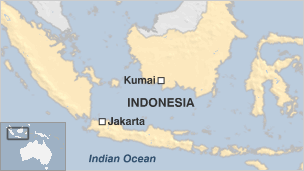
But, long before one hears the
screech of the proboscis monkey or the roaring mating call of the Orang-utan,
it’s a cacophony of white nest swallows (also known as swiftlets) which greets
the unsuspecting tourist upon arrival.
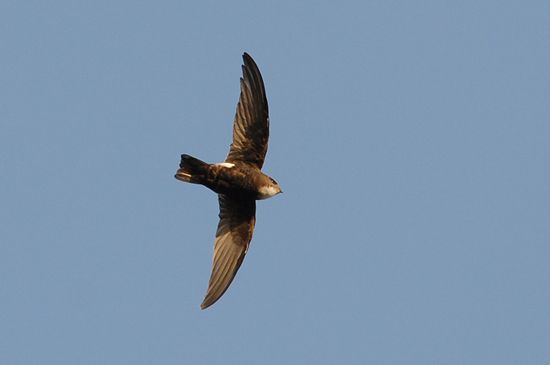
Looking up, the skies above Kumai
are teeming with tiny, twittering swiftlets circling merrily and dive-bombing
the streets below. At times, they darken
the sky in numbers that are estimated to reach over 250,000 and the noise level
is deafening.
So, where do these boisterous
birdies bed down each night?
They check-in at one of the many
“bird hotels” which have opened for business here in the city of Kumai over the
past decade.
Now, before you conjure up visions
of well-to-do avian sun-bathers lolling around the infinity pool at The Ritz,
the reality is that these “bird hotels” are nothing less than drab concrete high-rise
buildings that have shot up along the river’s edge, towering over the low-rise
shops, houses and people below.
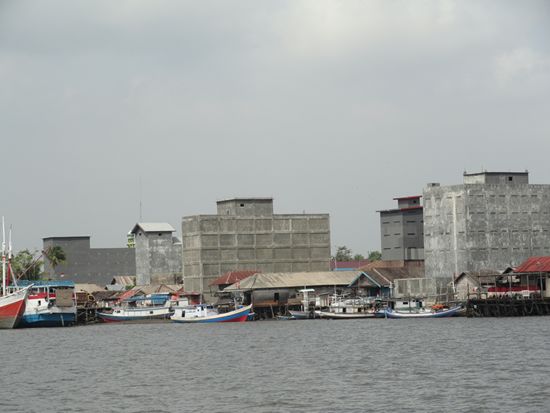
The buildings have no windows, just
many small holes. The birds come and go
freely attracted by recorded birdsongs played on a loudspeaker attached to the
side of each building…giving new meaning to words “noise pollution.”
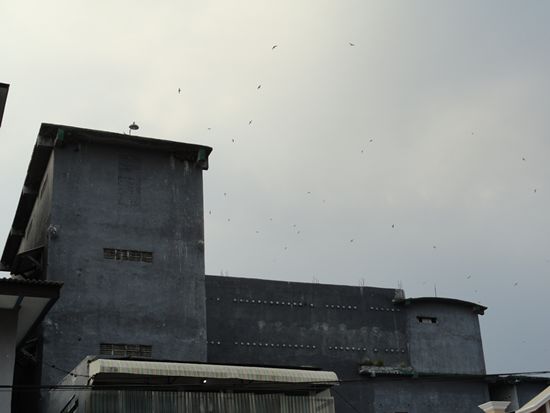
Generating sizable tax income for
Indonesia, these giant bird houses, or more accurately, “factories” represent a
burgeoning trade exchange for one of China’s most sought after delicacies - the
nests used in Bird's Nest Soup.
The edible nests (photo below),
which the birds make using their coveted
saliva, have been a part of Chinese culture
and cooking for more than 1,000 years – ever since the Tang Dynasty from
618-907 BC.
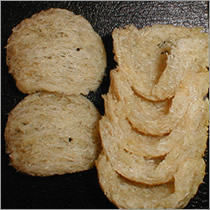
Traditionally, the nests are
collected from within dark, damp caves all across Southeast Asia's tropical
regions by skilled climbers using bamboo trellises as ladders. It is hard, dangerous, labor-intensive
work. The practice of “farming” the
bird’s nests, supposedly, began by accident and has spawned a completely new
industry.
It is said that a man left his house
to go on a Hajj pilgrimage and, when he returned after several months, he found
that swiftlets had been using his attic for nesting. Realizing that he was sitting on a gold mine
– not to mention a ton of bird shit -
he allowed the swiftlets to take over the entire house and established the
first “farmed” birds nest operation.
Nowadays, the Chinese (or their
local representatives) either build or take-over suitable accommodations which
can be modified to serve their purpose as bird’s nest factories. And, lest you think this business is just “bird
seed” - in today’s market, the nests can fetch up to $3,000 a kilo for the
highest quality nests. FYI - One kilo
equals approximately 120 nests. In 2009,
Indonesia earned $226 million from the industry – much of it derived from the
“bird hotels” of Kumai.
As demand has risen, most notably in
Hong Kong and mainland China, concrete birdhouses have been erected throughout
Indonesia, Malaysia, Thailand, Vietnam and, most recently, Cambodia. However,
Kumai remains one of the largest producers of bird’s nests for the soup which
is considered the “caviar of the East.”
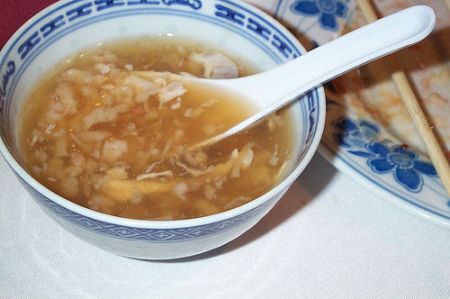
The bird’s nests are used as a
thickener in cooking, creating savory soups and sauces as well as sweet, syrupy
desserts. What’s more, the nests are
revered for their medicinal purposes, reportedly relieving asthma symptoms and boosting
the immune system, as well as the sexual prowess. (Well, NOW you’re talking!!!)
Chinese women sing the praises of
bird’s nest soup because the gelatinous nature of the nest is said to be very
good in helping to maintain a youthful appearance. Extracts from the bird’s nests are used in
many cosmetics sold in the Far East. They
believe it helps in the production of collagen which encourages smooth, supple
skin.
For all those happy (horny?) people chowing down on Bird’s
Nest Soup and its’ by-products, there are those who complain that bringing the
industry into the cities is unnatural and unregulated and that the birds may
transmit disease and, most certainly, TONS of bird shit!
For example, the laundry service we
employed in Kumai complained about the hazards of hanging clean clothes out to
dry anywhere in the central city. Imagine
the frustration when you see the splat, splat, splat of incoming poop all over
your nice clean sheets!
However, Richard Thomas from the
Oriental Bird Club notes that the “bird hotels” are a good thing. “As the industry moves more into the cities
and away from the caves, it allows the other bird populations to live undisturbed
in their natural habitats." And,
with these new breeding grounds available, the swiftlets are encouraged to
build more nests and the industry thrives – adding to the coffers of the
Indonesian government. Some of these
hotels even have a colorful façade!
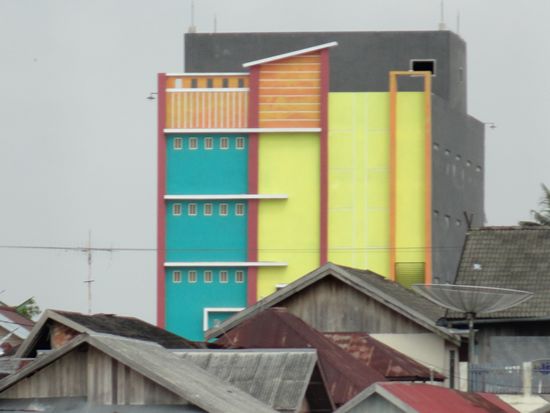
So the birds are flocking to the
city; Chinese palates are satiated; millions of women have softer, smoother
skin; men have a “natural” alternative to Viagra and the taxman is smiling all
the way to the bank.